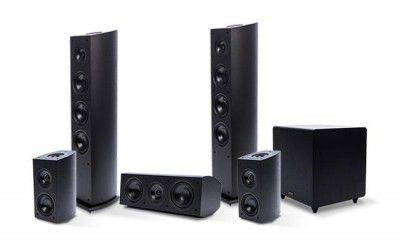From the 12th century to the 21st century music has been vital to everyday life. Whether the music is coming from the trumpet playing an old time classical or from the beat boxer raping his favorite tune song; the creativity and passion for music starts to flow out of every person who lets it. Music had changed drastically over the years. Three ways music has changed is by adding instruments, changing the message, and by changing the purpose. A lot of people have been exposed to music, whether it’s classical or everyday modern.
The basis of music has changed, since the early days of just playing one instrument and singing the thoughts that pop into the singers head. Music started out with little equipment and has only progressed since. Today, music goes through a process before it’s even heard. There is so much work put into having a song sound good. Back in the old days, music was played out of enjoyment. It came from the heart. Classical music is known to have a wide dynamic range and will often speed up and slow down at different times. While modern music often expresses emotion through the singer, there is more of an emphasis and variation that in classical music. From classical to modern music the amount of instruments has increased tremendously.
In classical and modern music the message differs in each century. Whether the people know it or not music can affect their mood and influence their behaviors as well. Music had personalities, which can express what people feel. Each song touches someone through ways like teaching a life lesson or by touching you heart. Every generation has music that impacts the world by motivating people to do certain things or defines a person’s personality. Each had music sums up the generation. Classical music generally gives the message of relaxation and peace. Modern music has many messages depending on the genre. There is a song for every mood. Within each century the message changes through each passing mood.
In modern and classical music the purpose for the songs written had varied. Classical music’s purpose is generally to entertain an audience and to excite listeners emotionally and intellectually. While some modern music is developed to stimulate in similar ways, it also diverges from classical music. Most modern music is developed simply for dancing, which is uncommon for classical music. Whether your purpose is to dance and jump around or to relax in bed, there are endless possibilities.
Throughout the years, each music genre has been imperative to oneself. Music is what moves everyone, and without it, life would be meaningless. From an old hymn to a funky lyric; the intentions have changed but one thing still remains. Music has and will always be a way of life to our culture. Music has transformed by adding instruments, changing the message, and by altering the purpose. Although music has changed through each passing year; it is still vital in how we view life today.











